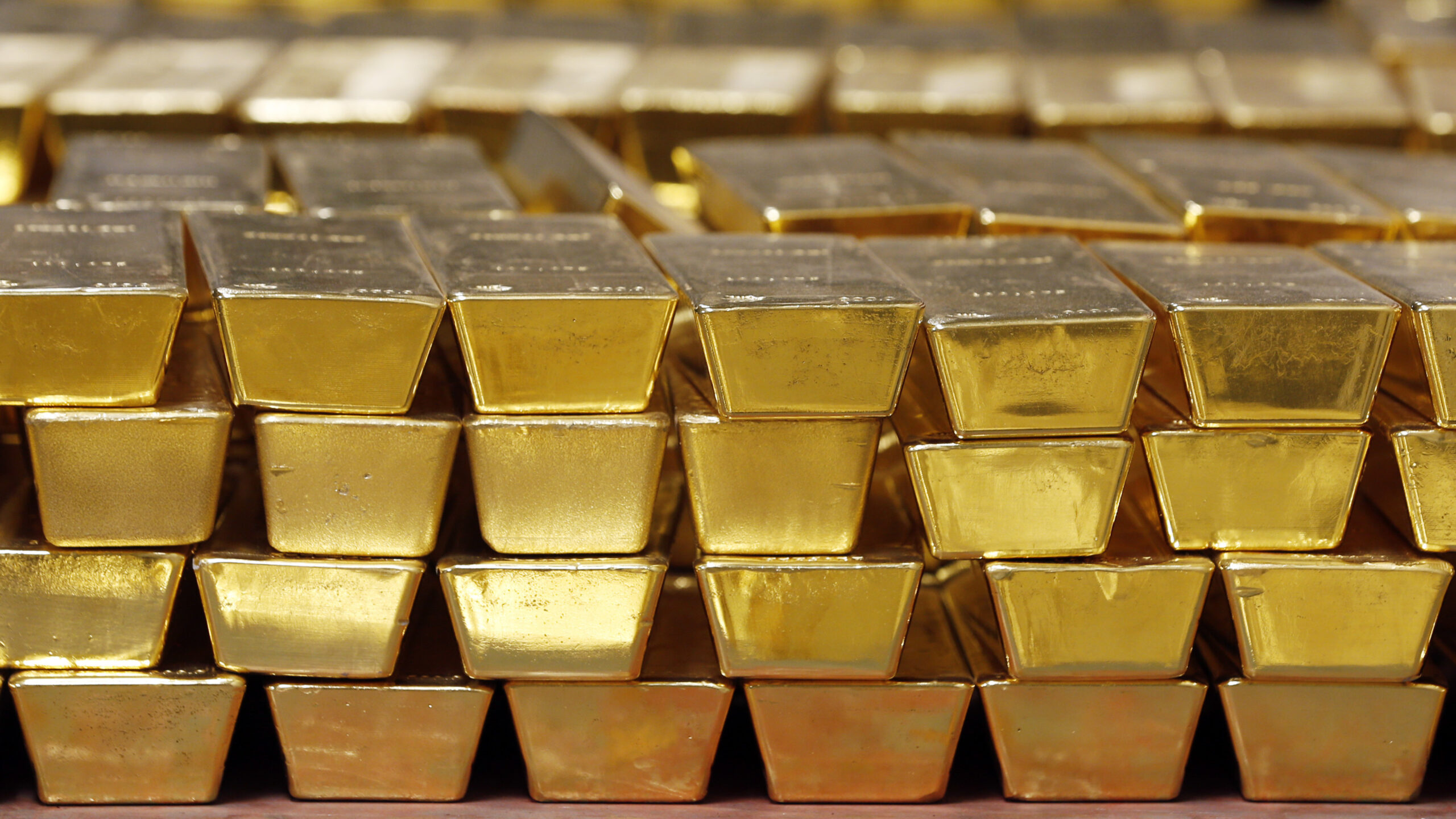One of the longest traded and much-loved commodities gold has made a bullish start to 2023 with its value per ounce soaring towards record levels and this week marking its sixth consecutive of rise.
In fact since the start of October 2022 it’s ounce spot price value rose almost 16.5% to Australia Day, peaking at US$1932.45.
This uptrend comes off the back of the global gold price hitting an 18-month low point towards the end of Q3 last year, with many pundits predicting it will smash through the US$2000/oz mark in the near future.
So what’s driving up the price?
Hedging against inflation and bad economic times
Although it doesn’t play a significant formal role in the international monetary system and has long been abandoned as a marker the dollar is pegged to, gold continues to attract investor interest as a hedge against inflation, pillar of stability and shining star through economic volatility.
The commodity’s small gain (just north of 3%) in 2022 proved a textbook response to market turbulence felt at a global scale. Generally speaking, weakening currency, particularly the US dollar, contributed to a late uptick in gold price. Ongoing geopolitical tension positively influenced retail investment as investors looked towards protection against rising inflation.
Central bank demand
Central banks have been stockpiling bullion at record levels, with Turkey leading the charge last year snapping up almost 20t in May. A couple of Stans – Uzbekistan and Kazakhstan – have also drastically increased their reserves. This could be linked to an alternative currency to do business with Russia amid Western sanctions and diminished roubles held in foreign currency reserves.
The third quarter of 2022 proved a record with 399t of gold stockpiled by central banks taking the total accumulation of financial institutions to more than 670t. The prior figure was double that in Q1 of 2021 and close to 400% higher than in Q1 2011.
Purchases at this scale can be attributed to the gold price nosediving towards the back end of 2022 but have also pushed the price back up.
Consumers want more gold
The reopening of trade in China post anti-COVID lockdowns and associated increase in economic activity has been met with growing consumer demand for gold in The Red Dragon. The rapid open-up coincided with preparation for Chinese New Year, with manufacturers replenishing stocks ahead of the annual celebration.
As the world’s second biggest gold consumer, India’s demand also remains high albeit not in a growth phase, despite discounts of up to US$35/ounce being applied across the market in an effort to stimulate sales post-Christmas.
Gold bullish on the ASX
The climbing price has correlated well to the share price of many of the 180+ Australian-listed gold exploration and production companies, with the sub-industry group recording a 13.6% spike in the last month and heading towards a 15% increase in 2023 to date. Gold bugs and bears that invested while the price was weak in 2022 are well positioned to capitalise on a refresh in value, trending upward for many.
In FY 2022 West Australian producers – which account for the third largest volume of gold production on a global scale behind China and Russia – sold 216t of gold, the highest level in 20 years. Combined with a higher Australian dollar WA achieved a record sales price of AU $17 billion, accounting for 8% of the big state’s total mineral and petroleum value.
Note one of these producers with gold assets in WA and NSW – Newcrest Mining – forming part of the narrow ASX20 indices with a market capitalisation of almost $21 billion, bounced back strongly for shareholders since a low in September 2022 of $15.76 to a high of $23.95 on 25 January this year.



